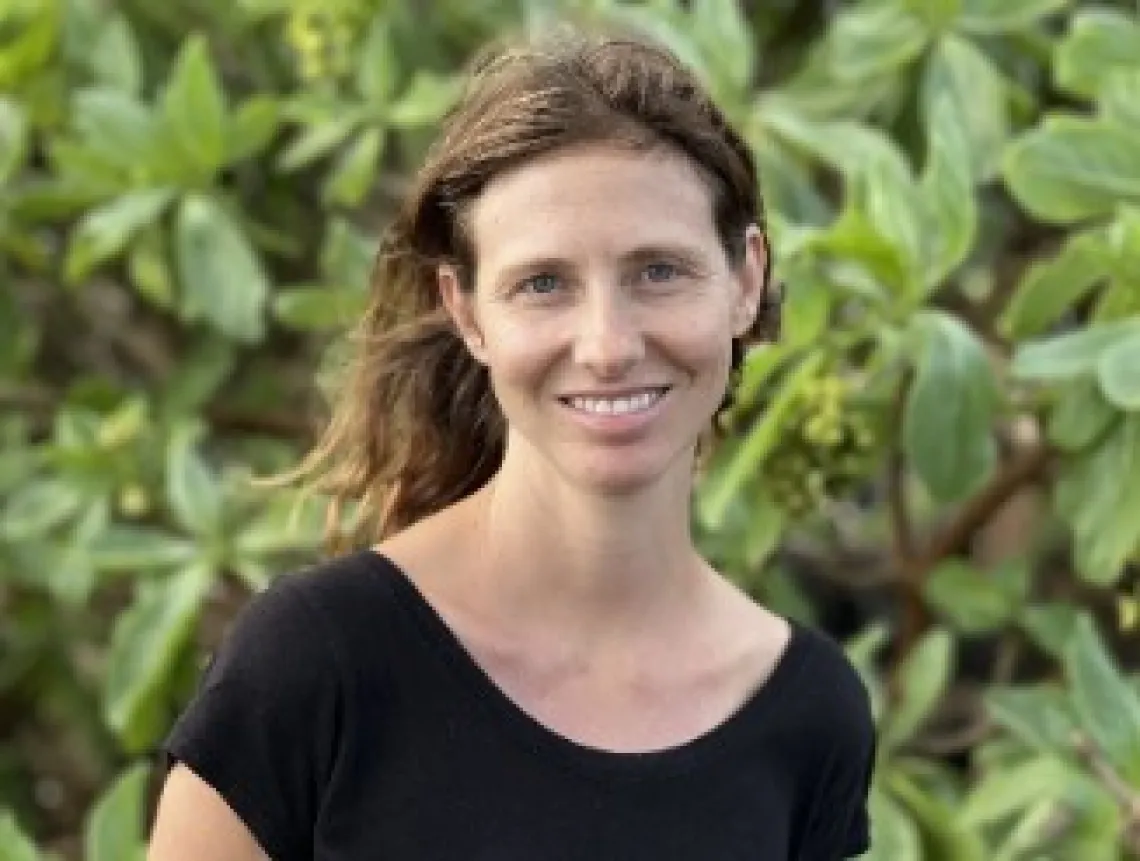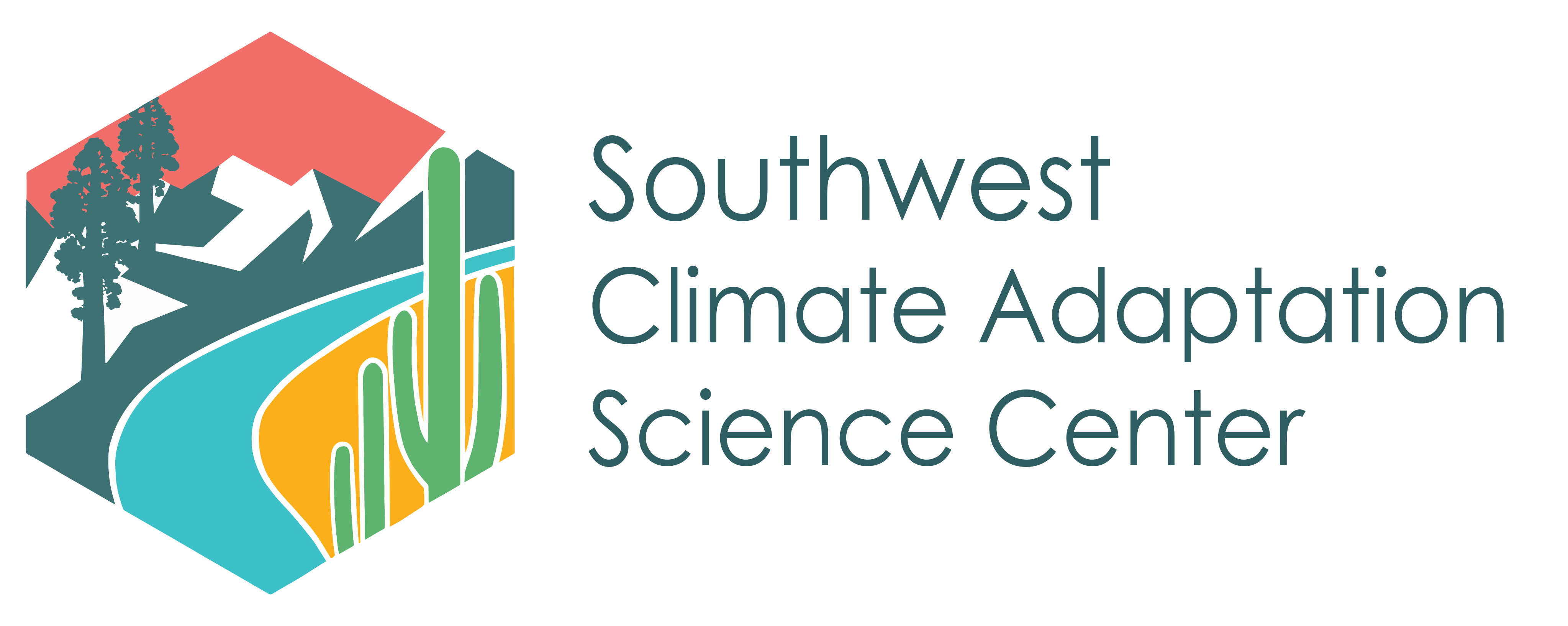Climate, Clouds, and the Connection to Solar Energy

Dr. Rachel Clemesha is an atmospheric scientist with the SW CASC whose work focuses on California coastal climate and clouds. She grew up in southern California where she was used to the sight of the region’s low-lying early summer clouds, known as “May gray.” Rachel always knew she wanted her career to be something with an environmental tilt to it, but with a strong science background. She took an atmospheric chemistry class during her undergraduate degree that was the ideal blend of what she wanted to study.
After finishing her undergraduate degree in chemistry at University of California San Diego (UCSD), she went on to study at Scripps Institution of Oceanography at UCSD. In 2010 she earned her MS in earth sciences and her PhD in oceanography in 2015.
Despite building a successful career as an atmospheric scientist, Rachel’s childhood dream was actually to help endangered species. In recent years, this dream has come full circle, when she helped make a new satellite-derived low cloud record(also known as a cloud retrieval) for San Clemente Island, which is a Navy owned and operated island where there are lots of endemic and endangered species. The cloud retrieval was to help with the management and recovery of some of those species.
Rachel worked on the cloud retrieval project, titled “Fog and Coastal Low Cloud Analysis for Federally Listed Species Recovery at San Clemente Island” from 2017 to 2020. “Even though for years I wasn’t doing anything directly related to endangered species, it was really exciting when I could make my area of expertise applicable to people working more directly with endangered species,” Rachel said.
Throughout her career, Rachel has worked with a number of partners to move her research forward, such as the Department of Defense in San Diego and San Diego Gas and Electric. She also works closely with the National Weather Service (NWS) and values the work that they have done together.
Working with NWS brought Rachel to her present area of research, focusing on the connection between marine layer clouds along the California coast and how they can be impacted by the North American monsoon. This research brings together two southwestern phenomena that aren’t usually thought of in conjunction.
“Through knowledge and discussion with people from the National Weather Service they brought to my attention something that hasn’t been published in the scientific literature before,” Rachel said. “In southern California we’re at the north-western flank of the North American monsoon and the moisture influx we get above our low-level clouds can actually work to interrupt the low-level clouds and cause clearing.”
Working with the NWS and other natural resource managers has made Rachel even more enthusiastic about the work that she is doing. She’s been inspired to move in the direction of connecting her climate science to natural resource managers, ecologists, and others that work directly with the land. Rachel believes that, through collaboration, scientists can do so much more.
On-the-ground application of her research has been a key part of her work with organizations like San Diego Gas and Electric where her expertise can determine how low-level clouds will influence solar energy production on a given day. The ways in which her work on solar energy has changed over the years makes her hopeful about the shift to renewables in California.
Rachel has seen more interest in solar from the state of California, especially in how the whole electric grid can move to renewable energy. She’s excited about how her research could be an emerging asset in the transition to renewables. Through her understanding of cloud dynamics and trends, and her ability to analyze climate models, she is able to predict how solar resources might change. This information can help California as a state provide more renewables to the whole public, giving Rachel hope for how the state can be more resilient.

